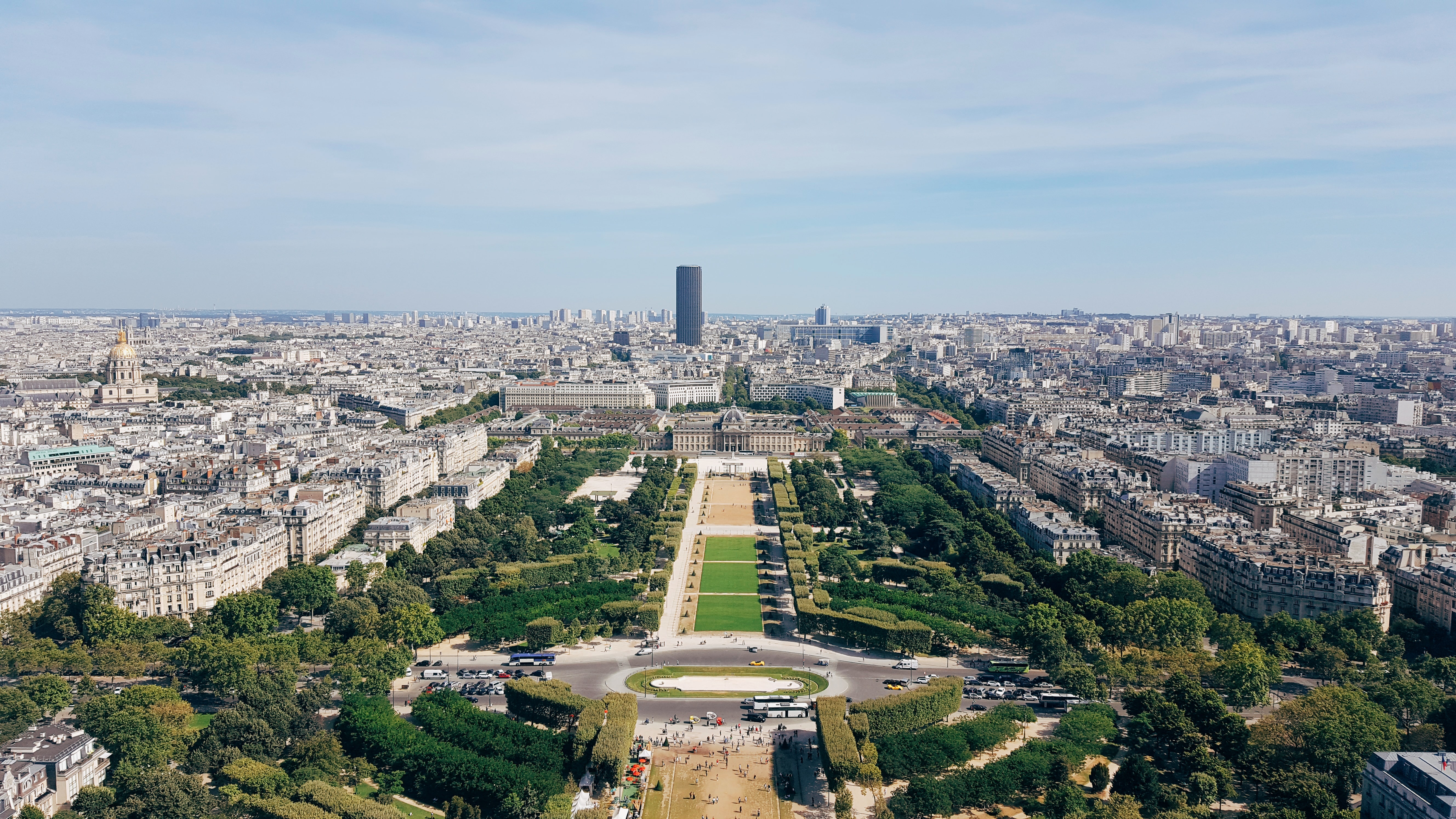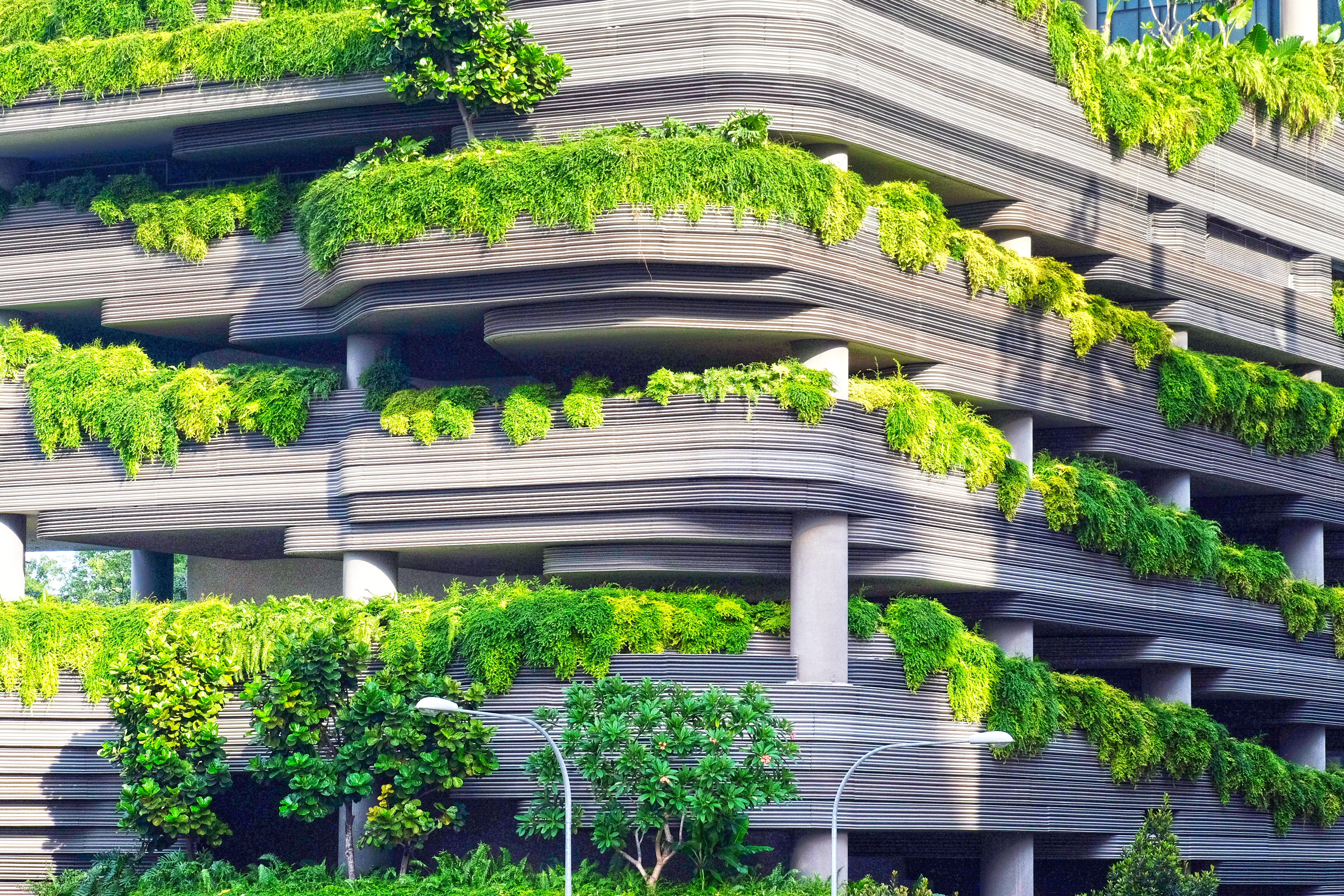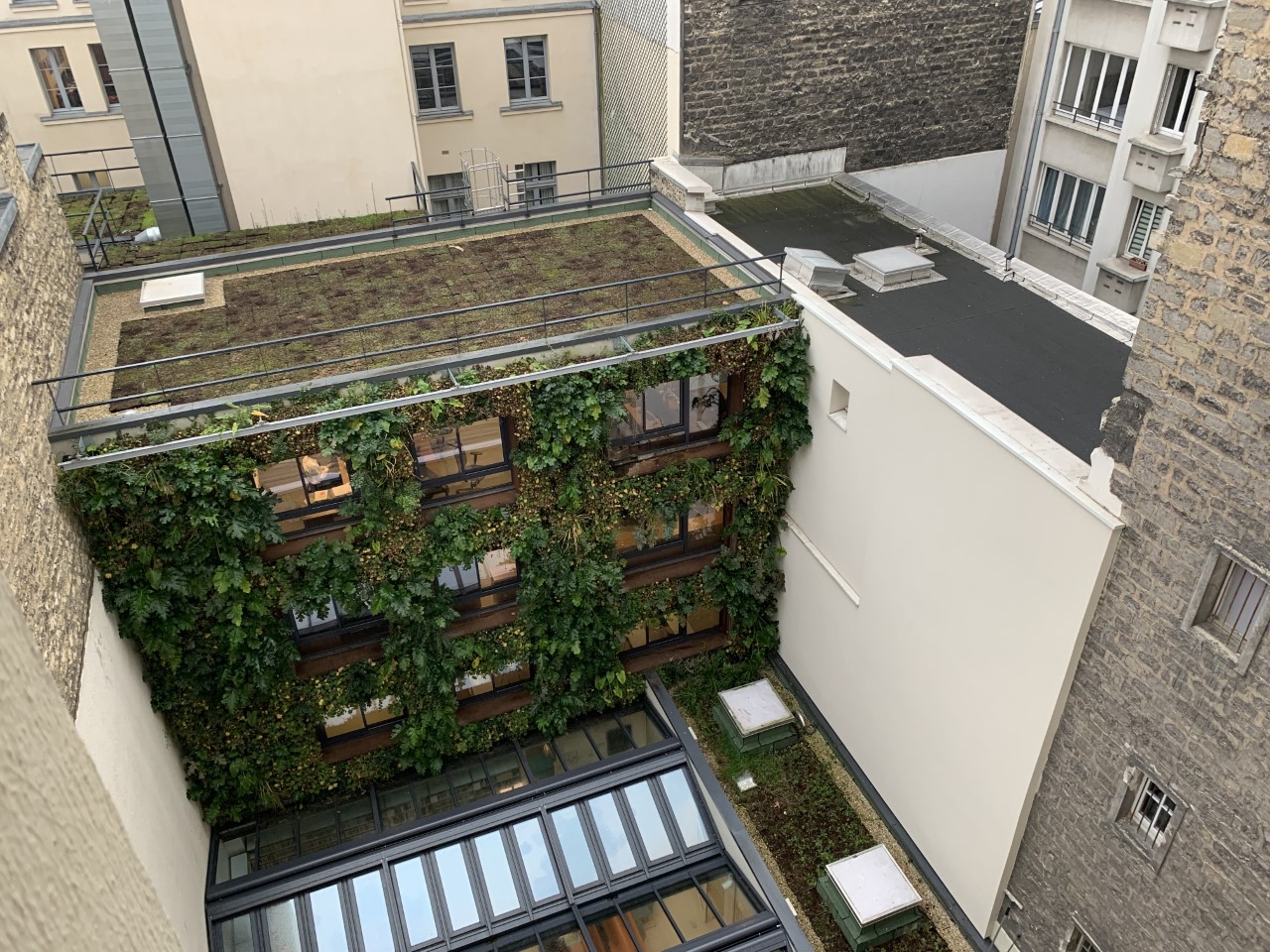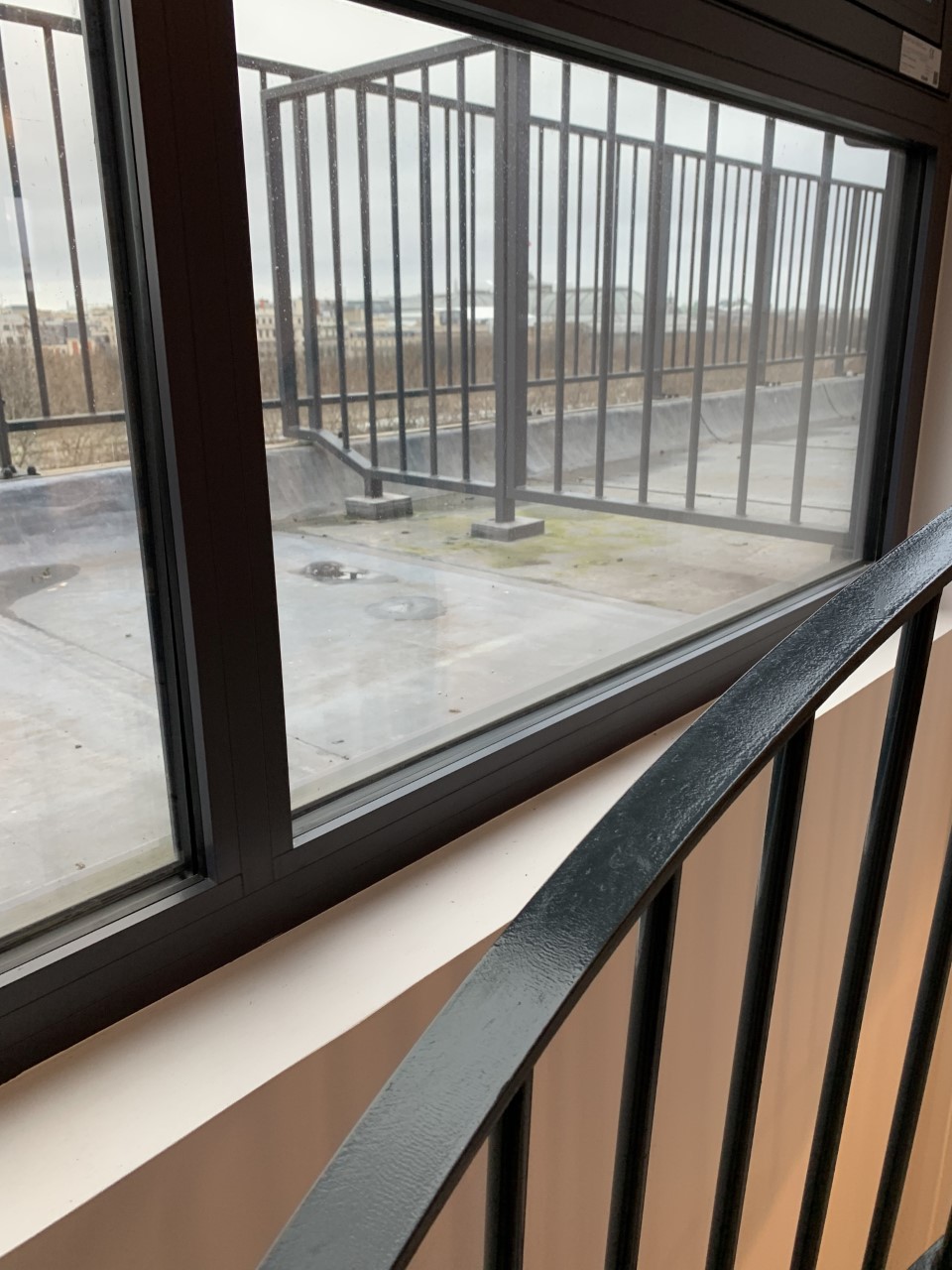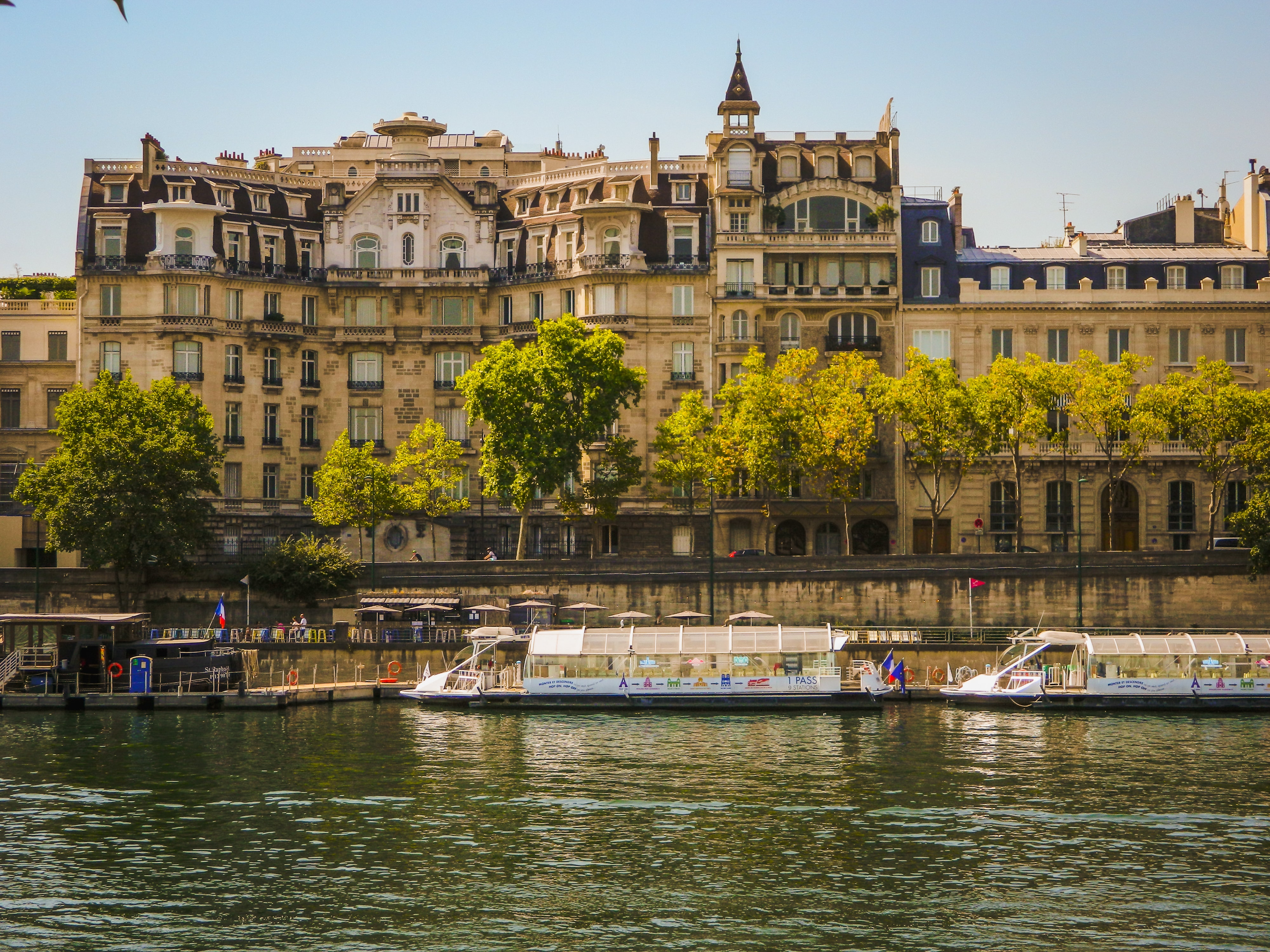AUP, Where's the Green?
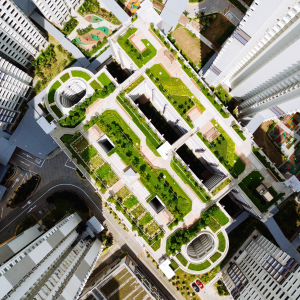
With AUP being a university surrounded by the urban sprawl of Paris, the AUP community would like more green spaces for recreational purposes.
The buildings are all separated from each other, there isn't one clear defined campus. AUP just doesn't have the college campus feel that a typical American university would have with the green lawns or unique green spaces for students to relax and plan activities.
Even so, AUP has its unique advantages. The Seine river, Esplanade des Invalides and Champ de Mars lawn (near the Eiffel Tower) are at the touch of our fingertips. There are also many historical buildings, museums and places for students to visit. But still, AUP students say that more green spaces to hang around campus would be exciting.
Image credit: Unsplash/ Lucas GalloneAccording to the World Health Organization "greenery, can promote mental and physical health, and reduce morbidity and mortality in urban residents by providing psychological relaxation and stress alleviation, stimulating social cohesion, supporting physical activity, and reducing exposure to air pollutants, noise and excessive heat."
In her research paper from the Swedish University of Agricultural Sciences, Märit Jansson stated that "Urban green space can have long-term positive effects on the economy: through increasing property value, willingness-to-pay for goods, and urban agriculture."
"Green spaces can increase the attractiveness of urban areas for residents and visitors, providing possibilities for increased quality of life in terms of (safety, participation, social interaction and attractive living and working environments, agriculture and city branding)," said Jansson. "Ecological benefits from urban green spaces include: regulating services, noise and pollution reduction, local climate regulation and reduction of global warming."
Image credit: Unsplash/ Danish ShohElena Berg, the head of the AUP Advisory Board for Environmental Sustainability, is eager for change. "I would like to see AUP become a carbon negative campus. There are major challenges to that," said Berg. "Given that our campus is spread across several old buildings and we are an international community that engages in a lot of travel. But there are many ways we could work towards carbon neutrality, and we need to take this goal very seriously."
With ongoing discussions about climate change and the increasing awareness of human impact on the environment, students want these spaces in part to help reduce our carbon footprints within the AUP institution.
"I don't feel like we are doing anything to counter climate change. We need to get something together to fix the damage that we are doing to the environment and I think putting plants and having some natural spaces would be a good start," said senior Johann Sebastian Febres Cordero Moscoso.
Some professors and students proposed ideas of what a greener AUP could look like in the future, hopefully these ideas will one day become a reality.
"I would like us to use the flat roofs of our campus buildings as orchards. In the Natural History Museum the plants grown in 'Le Jardin des plantes' are shared with employees. We could do something similar for everyone," said Assistant Professor of Science, Math and Environmental Science Manuel Gutierrez. "I would suggest to start by using the small roof on top of the science lab as a controlled environment. It is well protected, and already has soil on it with grass. We could even design labs for students to cultivate and use the spaces."
Image credit: William MancillaJansson's research also indicated that green spaces promote healthier habits for children and has positive effects on the developing brain. Many of the studies indicated that it helps alleviate students stress levels.
"I would love rooftop gardens. I think Combes/Quai could be the main base for this kind of project. We don't really have any place to chill anyway other than maybe like the rooms in quai building," said Febres. "So I think that having something on campus, like a green area, would help me connect a bit more with nature and relax from the outside super stressful city, classroom and university environment. "
Image credit: William MancillaCreating more green spaces for AUP would also open up avenues for more clubs to help students to explore their hobbies outdoors.
"I'm interested in ways to increase the honeybee population. I would maybe even start a beekeepers club with a local expert," said junior T'Anna Johnson. "This would help the bee populations but also allow students and faculty to grow fresh herbs and vegetables and harvest them as needed, which would help eliminate waste and emissions."
While the verdict is still out whether AUP administration plans to add more green spaces on campus, students and faculty alike would love and hope for the administration's support for this change.
Image credit: Unsplash/ Alice Mindru"I would love to see more nature on campus. Like honestly I think that would make me really happy," said Febres. "I honestly think it would lighten everyone's mood. We need to have more plants, more green areas, even indoor spaces for students to relax."

